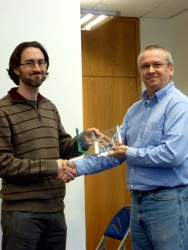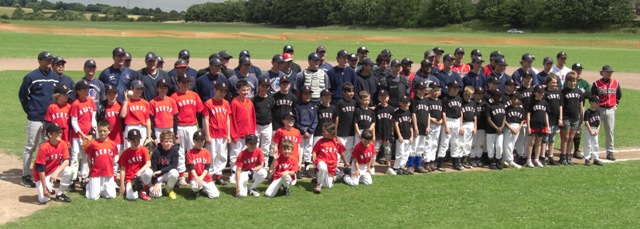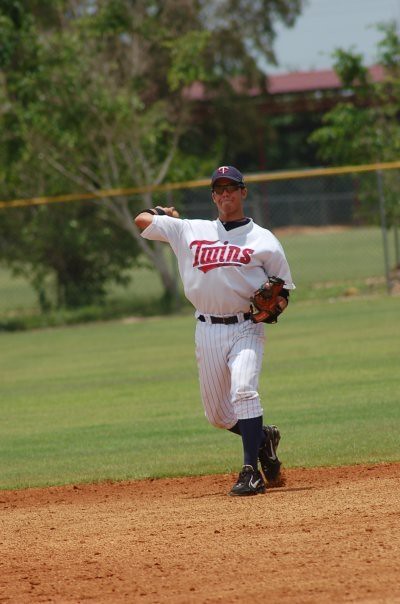 British baseball clubs do not have the financial capacity to compete for talent with the multi-million dollar budgets of Major League Baseball clubs in America and the NPB league teams in Japan, but sometimes circumstances work in favour of British baseball teams enabling them to gradually close the gap. This evening Herts Baseball Club unveiled its newest signing, Xavier Gonzalez. The 24-year-old played under professional contract with the Minnesota Twins. This was as part of the Twins’ farm system in the Venezuelan Summer League in 2007 and the Dominican Summer League in 2008.
British baseball clubs do not have the financial capacity to compete for talent with the multi-million dollar budgets of Major League Baseball clubs in America and the NPB league teams in Japan, but sometimes circumstances work in favour of British baseball teams enabling them to gradually close the gap. This evening Herts Baseball Club unveiled its newest signing, Xavier Gonzalez. The 24-year-old played under professional contract with the Minnesota Twins. This was as part of the Twins’ farm system in the Venezuelan Summer League in 2007 and the Dominican Summer League in 2008.
This was almost 5 years ago, but Xavier Gonzalez is still keeping in touch with his former Minesotta Twins teammates. He said “I have been following their progress. Jairo Rodriguez and Oswaldo Arcia played with me in the Dominican Republic and in Venezuela and they have since been invited to Spring Training camp with the MLB teams but have not made it to the big leagues yet”. He added: “One teammate who made it through to MLB is Eduardo Escobar, who played for the Chicago White Sox in 2011 and was traded to the Minnesota Twins in 2012”
Gonzalez’ primary positions during his time with the Twins were second base and third base, but Herts Falcons Manager, Lee Manning, is also expected to add him to the team’s pitching staff.
| BATTING STATS WITH MINNESOTA TWINS | ||||||||||
| Year | Team | G | PA | AB | R | H | RBI | BA | OBP | SLG |
| 2007 | Cubs/Twins | 37 | 116 | 98 | 13 | 18 | 8 | 0.184 | 0.281 | 0.204 |
| 2008 | Twins | 23 | 78 | 65 | 4 | 10 | 1 | 0.154 | 0.295 | 0.169 |
| 2 Seasons | 60 | 194 | 163 | 17 | 28 | 9 | 0.172 | 0.286 | 0.19 | |
| FIELDING STATS WITH MINNESOTA TWINS | ||||||||
| Year | POS | G | Ch | PO | A | E | DP | Fld% |
| 2B (2 seasons) | 2B | 22 | 111 | 47 | 62 | 2 | 12 | 0.9820 |
| RF (2 seasons) | RF | 2 | 4 | 4 | 0 | 0 | 0 | 1.000 |
| LF (2 seasons) | LF | 4 | 4 | 4 | 0 | 0 | 0 | 1.000 |
| SS (2 seasons) | SS | 2 | 5 | 2 | 3 | 0 | 0 | 1.000 |
| 3B (2 seasons) | 3B | 21 | 58 | 11 | 42 | 5 | 4 | 0.914 |
| 1B (1 season) | 1B | 1 | 12 | 12 | 0 | 0 | 0 | 1.000 |
| 2 Seasons | 52 | 194 | 80 | 107 | 7 | 16 | 0.964 | |
He will be travelling from Bournemouth every week to play for Herts, which is a 4-hour round trip. When asked what convinced him to make this major commitment he said “The love of this beautiful game, the baseball environment and how well organized Herts Baseball Club is”.
He played for the Poole Piranhas last season and had a very successful run reaching the national semi-finals where the Piranhas lost dramatically in extra innings. Xavier Gonzalez pitched 4 innings striking out 6 batters in that game.
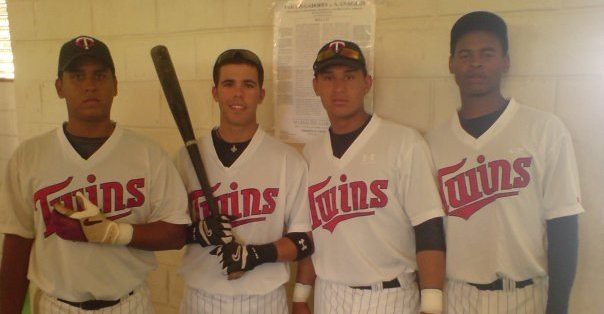
In the last 20 years there has been only one player who has played in the British leagues and then has gone on to play professionally for an MLB team. This was John Foster who played for Brighton Buccaneers and went on to play for the Milwaukee Brewers and the Atlanta Braves. Xavier Gonzalez has now had a first-hand look at British baseball and he is positive that this is not going to be the last player to make it to the big leagues. “When I first came to England I didn’t have any idea that I was going to be able to play baseball as I had always thought that football is the only sport here, but then I found the British Baseball Federation and saw how well organised baseball is in this country. I think British baseball is growing and doing its best to take the game to the next level”. He added that “if we start to introduce the game of baseball in primary schools then this is going to make a big difference in the coming years”.
The Herts Falcons attracted international scouts in last year’s NBL games. Xavier Gonzalez turned 24 last week so if he performs well for the Falcons perhaps this could reopen the opportunity to give MLB another try, but for now “my goal in Herts is to help as much as I can to win the national championship” said Gonzalez.
This signing makes it a total of six Venezuelan players across the nine Herts adult and youth league teams, and it would be a big boost for British Baseball clubs if more members of the large Latin American communities in this country could get involved in British baseball. Xavier Gonzalez pointed out that there are many more communities out there for British Baseball to engage with and get them involved in the game. “Promoting the game through language schools can attract not only Latin Americans like me. This is also a way of attracting players from Asia and other parts of the world.”
Xavier Gonzalez is expected to make his Herts Falcons debut in the Herts Spring League which commences on 23 March.

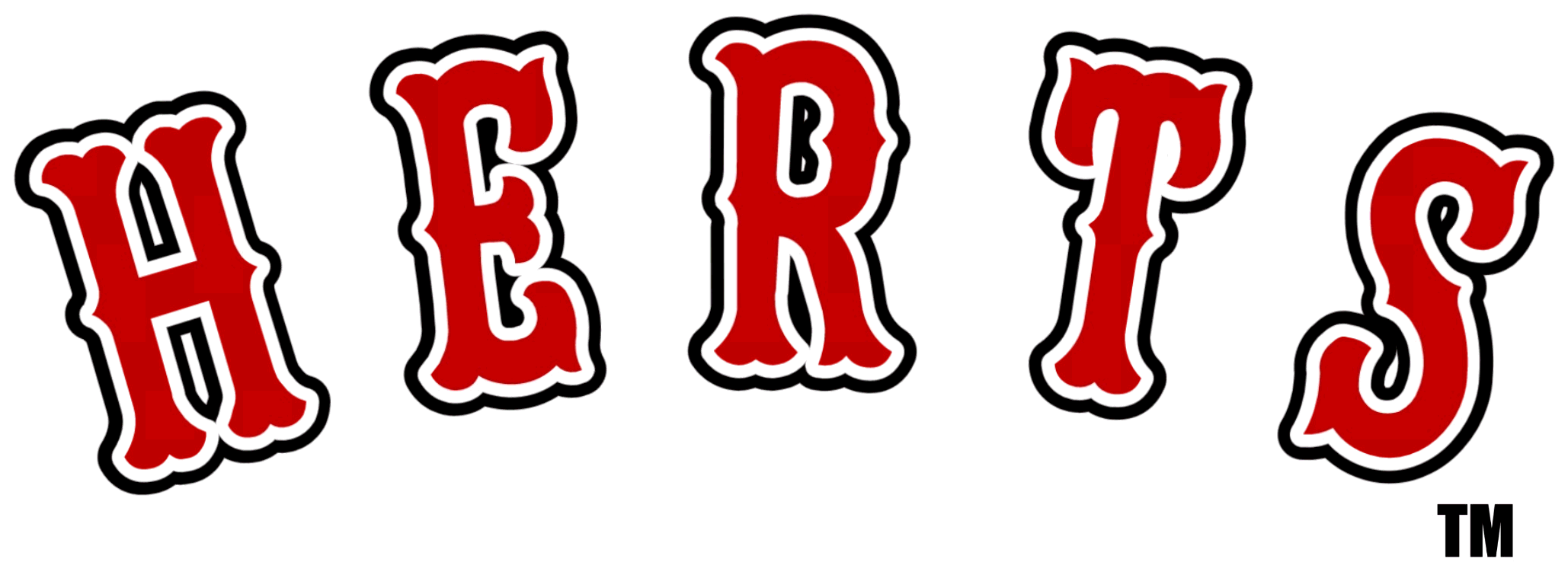


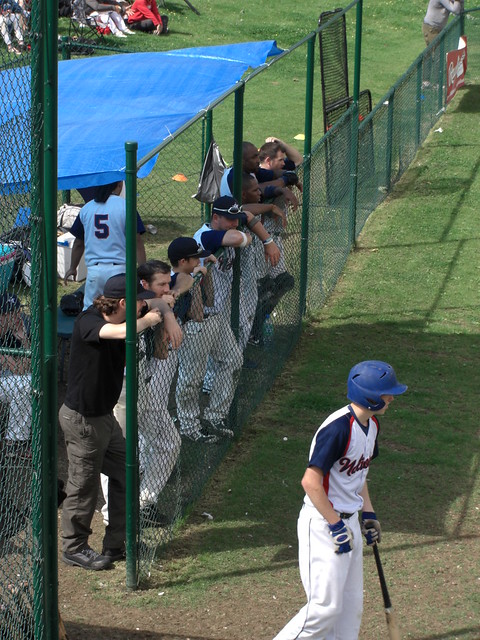
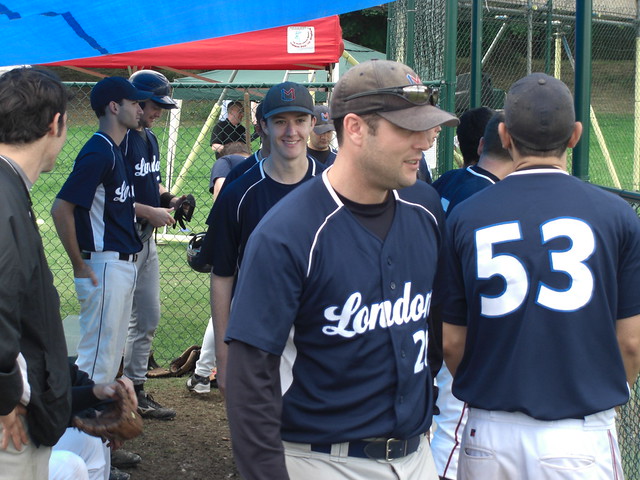
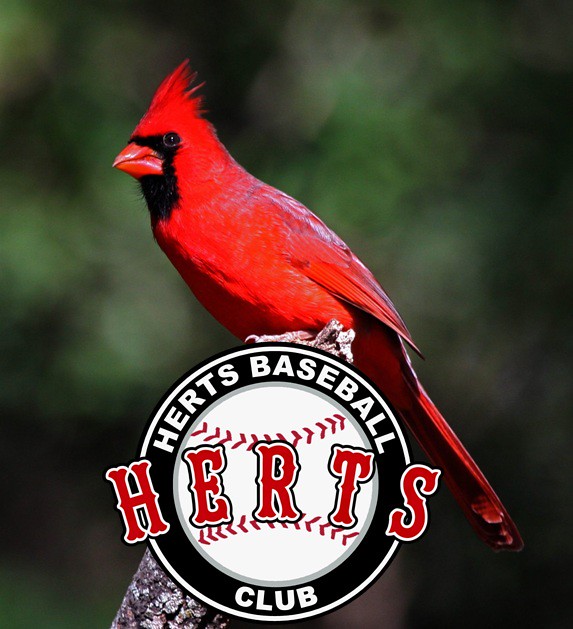
 The Herts club’s occasional blogger, equally occasional player, and former Chief Correspondent Rob Jones has returned for another year of baseball. Here he offers his random views, glimpses and hopes for the coming year.
The Herts club’s occasional blogger, equally occasional player, and former Chief Correspondent Rob Jones has returned for another year of baseball. Here he offers his random views, glimpses and hopes for the coming year.

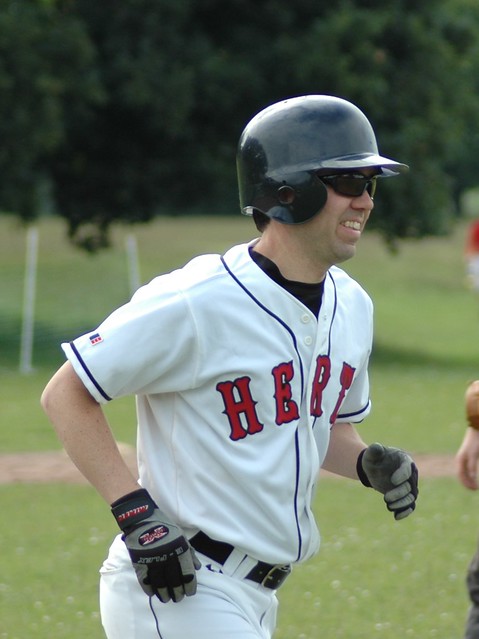
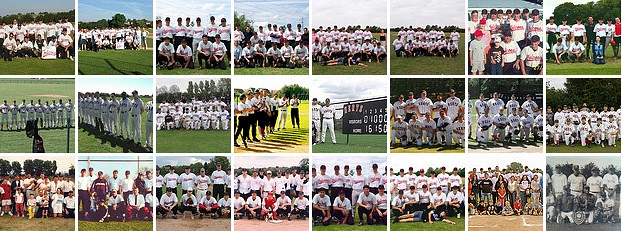

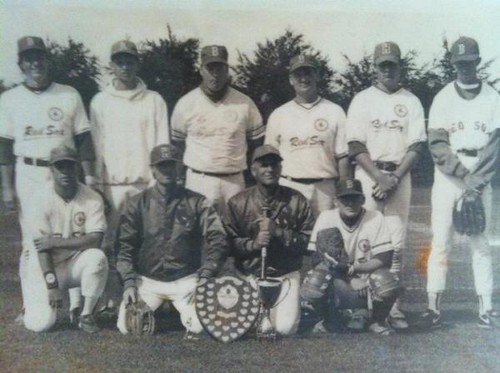
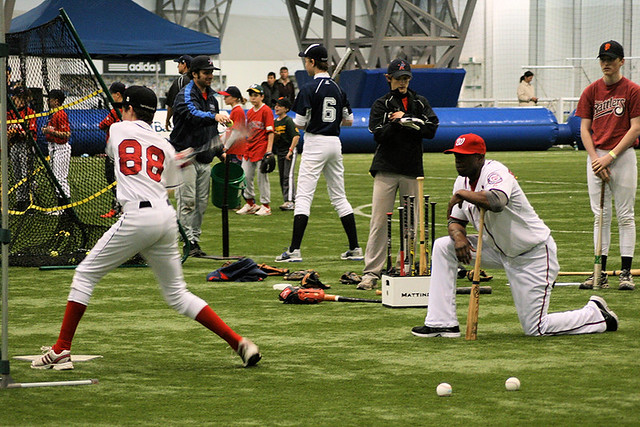
 Apart from existing Herts youth baseball members, the club will welcome many new players who have contacted the club about joining Herts Baseball over the last 4 months. Some new arrivals come with experience at the highest level, such as Great Britain Under-16 National Team catcher, Conner Brown. Others have never played the game but are eager to put on a glove and give baseball a try. One such example is a 9-year-old girl whose parents contacted the club just a few hours ago explaining that “My daughter would like to try out baseball. After playing the game on the Wii has said she loves it more than playing football and would like to look for a club”.
Apart from existing Herts youth baseball members, the club will welcome many new players who have contacted the club about joining Herts Baseball over the last 4 months. Some new arrivals come with experience at the highest level, such as Great Britain Under-16 National Team catcher, Conner Brown. Others have never played the game but are eager to put on a glove and give baseball a try. One such example is a 9-year-old girl whose parents contacted the club just a few hours ago explaining that “My daughter would like to try out baseball. After playing the game on the Wii has said she loves it more than playing football and would like to look for a club”.